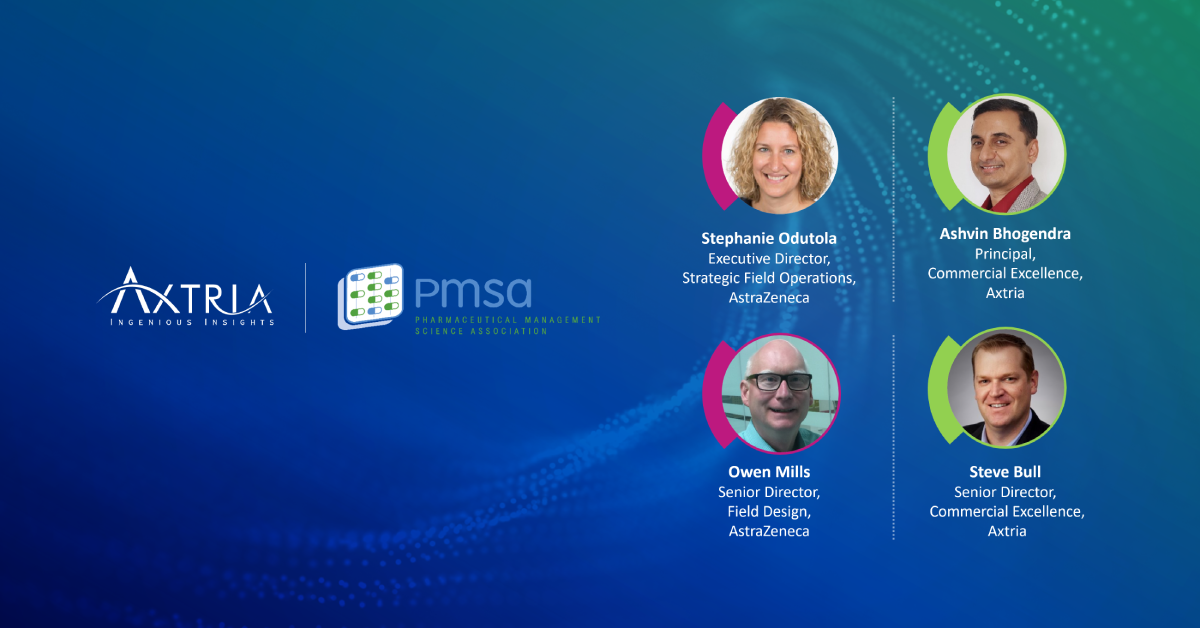Many pharmaceutical companies deploy specialized sales reps, known as field specialists, to ensure patient safety and improve health outcomes. Field specialists can:
- Support patients in getting payer access to the prescribed drug.
- Assist patients by helping them enroll in pharmaceutical company-sponsored patient care programs until the payer approves the prescription. These programs include exceptions, appeals, and prior authorization processes that help patients successfully access prescribed therapies.
- Educate their customers and healthcare professionals (HCP) on insurance-related issues.
Pharma company-sponsored patient assistance programs connect eligible patients to various financial assistance programs. These support programs offer insurance support, co-pay help, and subsidized medication while the patient waits for access to preferred programs that provide commercial insurance coverage. By using free trial offers and savings cards that lower or eliminate cost barriers in their insurance plan’s coverage criteria, these interim support programs make expensive drugs more accessible to patients.
Reimbursement specialists work on the resolution of patient-level reimbursement issues. They interact directly with customer accounts, serve as payer experts for the corresponding territories and accounts, act as call center extensions, and provide live one-on-one coverage support.
In a nutshell, the job of these field specialists is to assist patients in getting access to support programs. Thus, field specialists work towards improving patient care, i.e., ensuring that as many patients as possible get onboarded to the prescribed therapies. Measuring patient outcomes contributes significantly toward measuring the performance of the field specialists.
Measuring patient outcomes in terms of the fulfillment rate
According to the US Food & Drug Administration, it is estimated that 20 to 30 percent of new prescriptions are never filled at a pharmacy.1 Therefore, it is plausible to quantify health outcomes by measuring prescription fulfillment rates.
For illustration, let us start by considering the new-to-brand (NTB) fulfillment rate. The NTB fulfillment rate is defined as the percentage of NTB patients successfully onboarded to a treatment’s commercial program out of the total patients getting a prescription for the same treatment.
Here is an example:
Step 1: At an account per month level, identify the number of converted patients out of the total NTB patients for a series of months. Here, a successfully converted patient is one who directly started on a commercial program or eventually moved to a commercial program via another program.

Step 2: Identify the proportion of successfully covered patients.

Therefore, in this illustration, 60.8% of the NTB patients enrolled in the prescribed treatment’s commercial program.
Measuring the effectiveness of field specialists
Measuring the effectiveness of field specialists depends significantly on the answer to this question: “Has a field specialist been successful in improving patient outcomes, as measured by the NTB fulfillment rate, or not?”
Specifically, it is critical to assess the following:
- How has the field specialist’s activity contributed to the overall fulfillment rate?
- How much potential is there for the field specialist’s activity to improve the fulfillment rate?
To accurately calculate the fulfillment rate at a customer account level, it is crucial to estimate the proportion of converted patients out of the total patients who were prescribed a treatment plan. Some common challenges include:
- the “definition of therapy.”
- the accurate calculation and accounting of “fulfillment.”
Therapies that involve a single drug/dosage regimen can easily be formulated; however, treatments with multiple dosages need to be well defined to ensure accurate accounting.
For example, a therapy can involve multiple dosage combinations of intravenous (IV) and subcutaneous (SC) injections. Several dosage combinations are often compared to standard dosage guidelines in such cases. Average drug adherence and persistence, considering the most commonly used patient journey, must be accounted for to tackle most of these cases. Additionally, customized business rules must be defined for each patient starting the therapy to ensure optimized treatment plans.
After pre-defining the prescription targets, field specialists’ contributions toward achieving them becomes critical. Some standard drivers of achieving fulfillment rates include market access (via formulary tiers), class of trade for the account, formulary access to the drug, socio-economic factors, and field force activity. It is essential to note that formulary access levels and the class of trade are crucial to measuring the sensitivity of field specialists’ activity. All these factors have a “synergistic” effect on patient outcomes.
Finally, suitable advanced analytics and AI/ML models can be created to regress the NTB fulfillment rates as a function of the independent variables (mentioned above), including the drivers to measure the field activity. Since the target rate is a percentage variable, choosing the appropriate modeling algorithm to predict the target robustly is essential.
The assessment and magnitude of field specialists’ actual contribution to patient care and health outcomes accurately are vital. It enables robust measurement of their performance. As mentioned earlier, this is possible only when we successfully benchmark the definition of therapy and be able to measure fulfillment accurately. There can be other potential measurement methods as well, like assessing whether:
- The field specialists were successful at enhancing the speed of fulfillment.
- The field specialist’s intervention and support improved drug adherence and persistence
Also Read: The Augmented Rep: A Practical Field Force Guide For Omnichannel
References
- US Food & Drug Administration. Why you need to take your medications as prescribed or instructed. Available from https://www.fda.gov/drugs/special-features/why-you-need-take-your-medications-prescribed-or-instructed#:~:text=20%20to%2030%20percent%20of,or%20stop%20the%20medication%20altogether







































